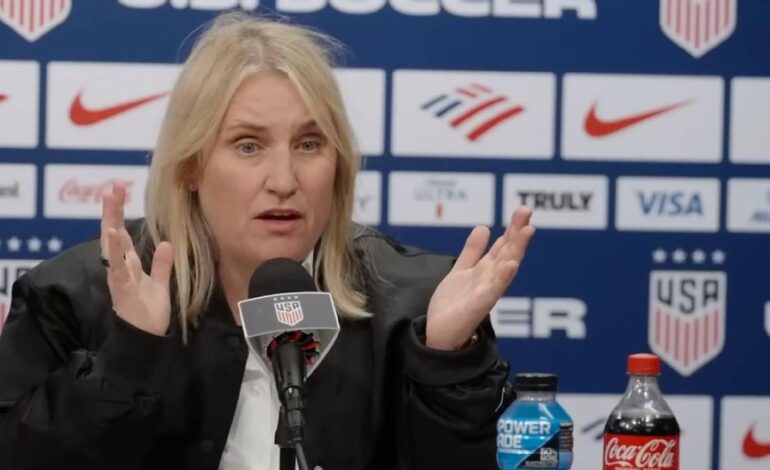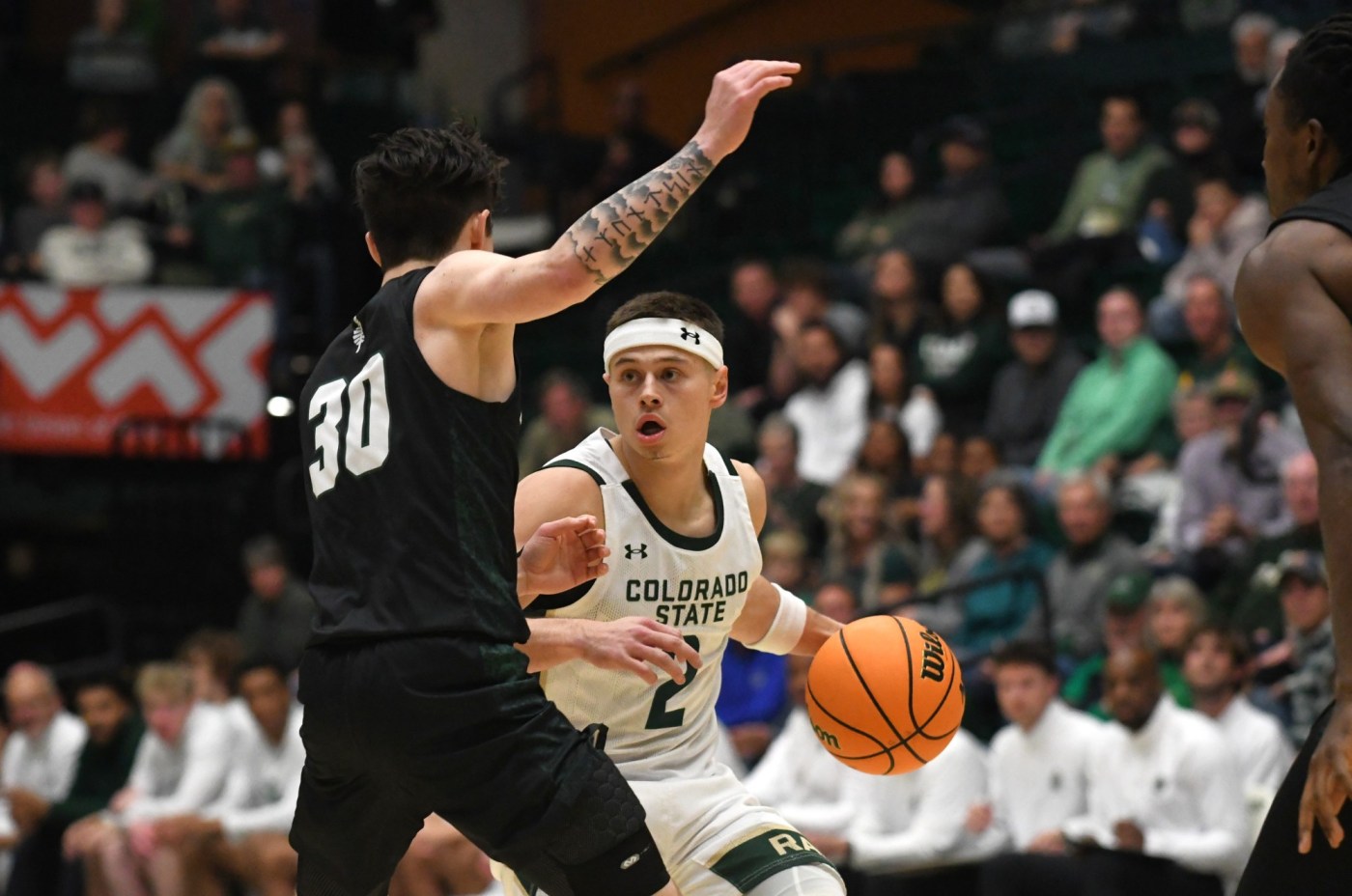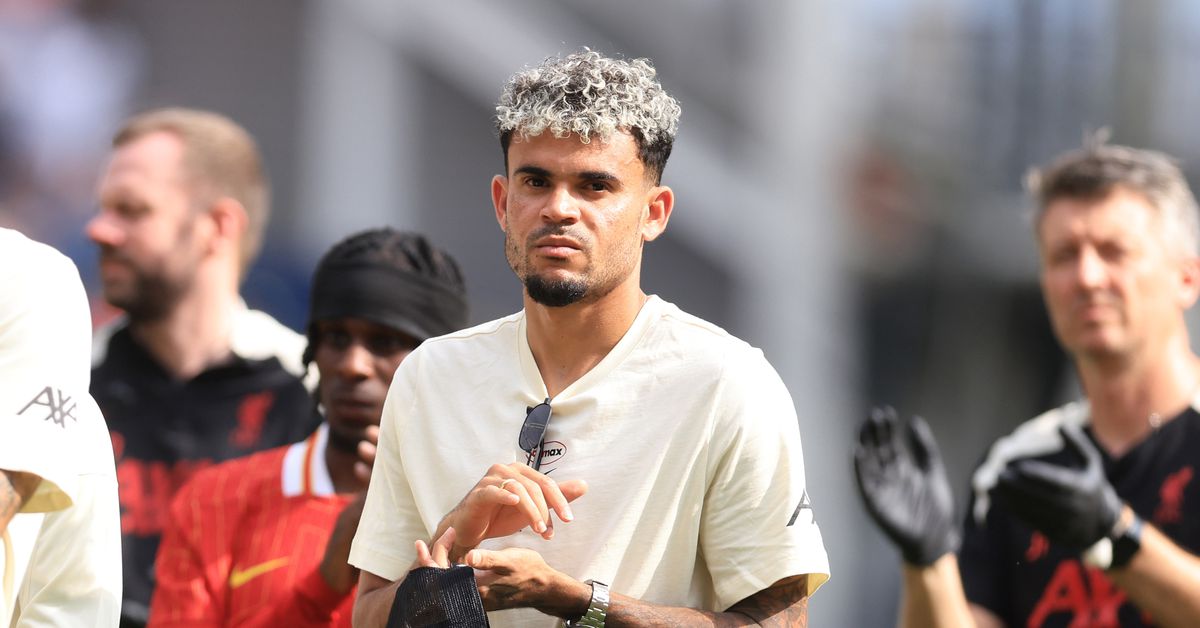USWNT Stars Shift to Europe: NWSL Faces New Challenges

The recent transfer of **Alyssa Thompson** from **Angel City FC** to **Chelsea** has raised significant concerns among officials of the **National Women’s Soccer League (NWSL)** about the future of American players in the league. Following the announcement of Thompson’s move, **Emma Hayes**, head coach of the **U.S. women’s national team (USWNT)**, addressed the NWSL’s board of governors in New York, highlighting the growing trend of USWNT players signing with European clubs. This shift is prompting discussions about the NWSL’s ability to retain its top talent amid competitive international offers.
Hayes emphasized the importance of player freedom during her meeting, stating, “Women’s soccer players have fought their entire lives for freedom of choice. Why would I take that away from them?” This statement underscores the current climate within the NWSL, where players now possess greater autonomy in their career decisions, following the introduction of full free agency in the **NWSL’s** collective bargaining agreement last year.
Changing Dynamics in Women’s Soccer
The landscape of women’s soccer in the United States has evolved dramatically over the past decade. Historically, USWNT players faced significant pressure to remain in the NWSL due to contracts backed by **U.S. Soccer**. However, with the recent changes in policy, players can now pursue opportunities both domestically and overseas without restrictions. This shift has been pivotal for players like Thompson, who has voiced her desire to challenge herself with what she considers her “dream team,” Chelsea.
**Hayes** has been supportive of players making decisions that align with their career aspirations. She stated, “My role as a coach is to listen, to support, to guide, and each and every player has different needs at different moments.” The change in contracts, along with the removal of U.S. Soccer’s direct involvement in player salaries, has led to a competitive environment where NWSL teams must adapt or risk losing their best talent.
The influx of financial resources into European clubs is another key factor driving the trend. In 2023 alone, the women’s transfer market saw six transfers surpassing **$1 million**, with European clubs leading the charge. As teams like Chelsea and **Manchester City** invest heavily in top talent, American players are increasingly attracted to the promise of higher salaries and competitive play.
The Impact of Global Competition
The trend of USWNT players moving to Europe is not entirely new. Players such as **Megan Rapinoe** and **Alex Morgan** have previously ventured abroad, drawn by lucrative contracts and the chance to play at top-tier clubs. More recently, **Naomi Girma** made headlines with a **$1 million** transfer to Chelsea, followed by Thompson’s **$1.4 million** move. These transfers highlight a new era where the best players are seeking opportunities that European clubs can offer.
The NWSL, while having established itself as a leading league, now faces the challenge of maintaining its status in a rapidly evolving global market. **Jessica Berman**, NWSL commissioner, acknowledged the league’s competitive landscape, stating that NWSL clubs can still aspire to be the best in the world, but this ambition is complicated by the salary cap structure which will remain in place until **2030**. The cap, set to increase from **$3.3 million** to **$5.1 million**, has drawn concerns from general managers who fear it may not keep pace with the financial growth seen in Europe.
With key players like **Trinity Rodman**, whose contract is up at the end of the year, the NWSL is at a crossroads. The league’s ability to attract and retain top talent is increasingly being tested as the allure of European clubs grows. There are fears that without significant changes to the salary cap or the introduction of designated player rules, the NWSL may struggle to keep pace with its rivals.
In summary, as the landscape of women’s soccer continues to evolve, the NWSL must confront the realities of a global market that offers players unprecedented opportunities. Coaches like Emma Hayes are advocating for player autonomy while navigating the challenges that come with a competitive international arena. The decisions made in the coming years will be critical in determining the future of American women’s soccer and the NWSL’s role within it.






